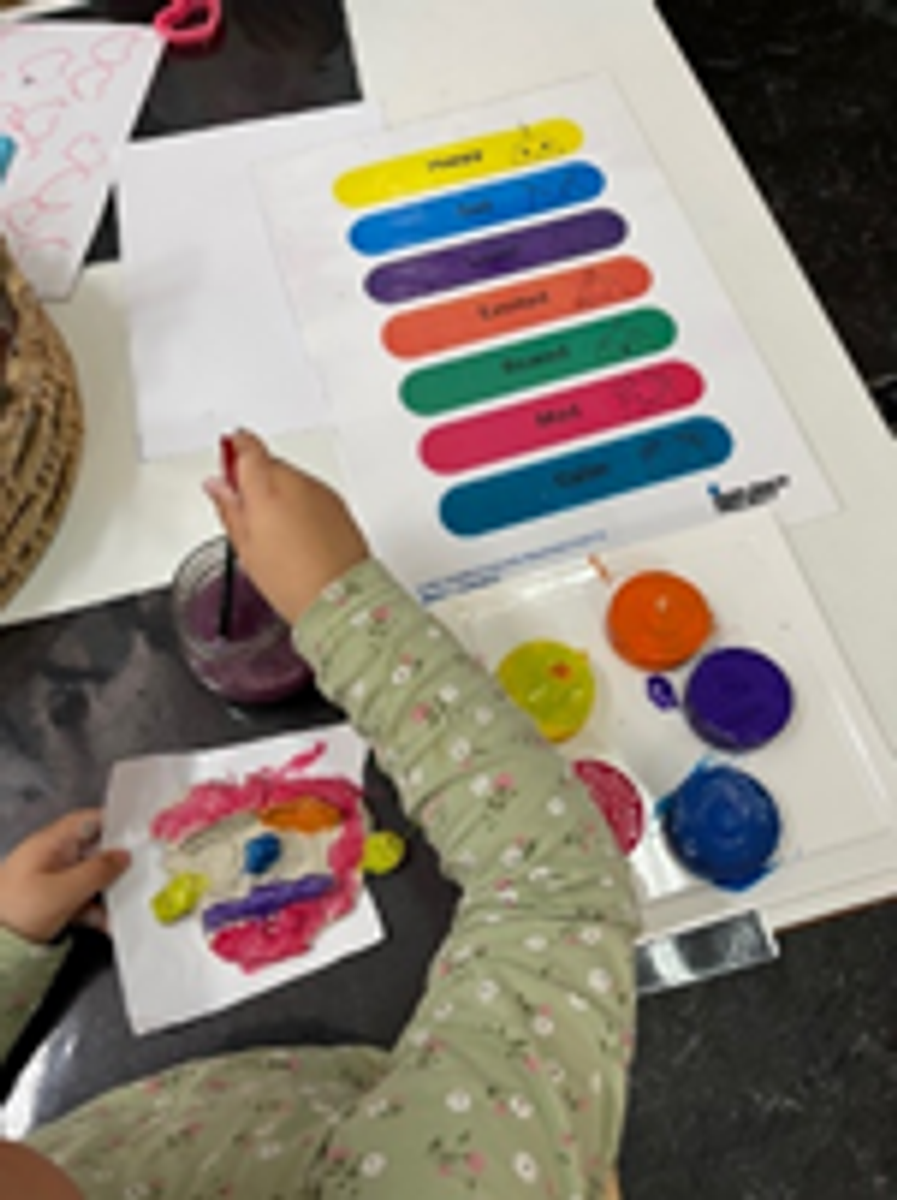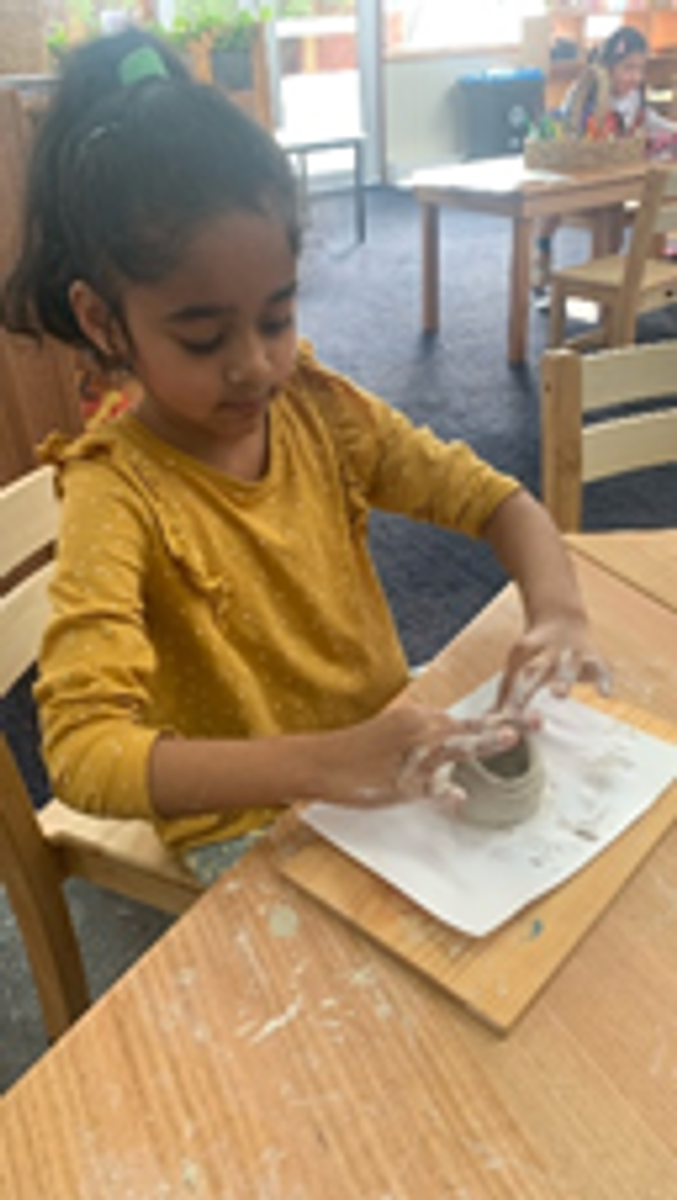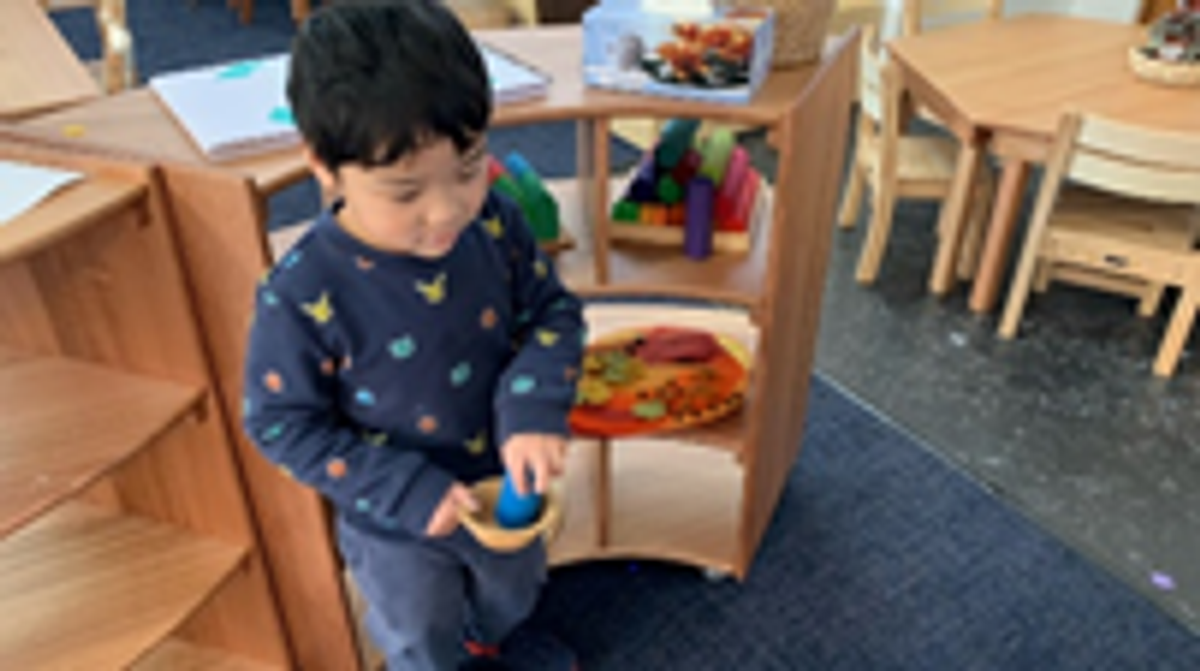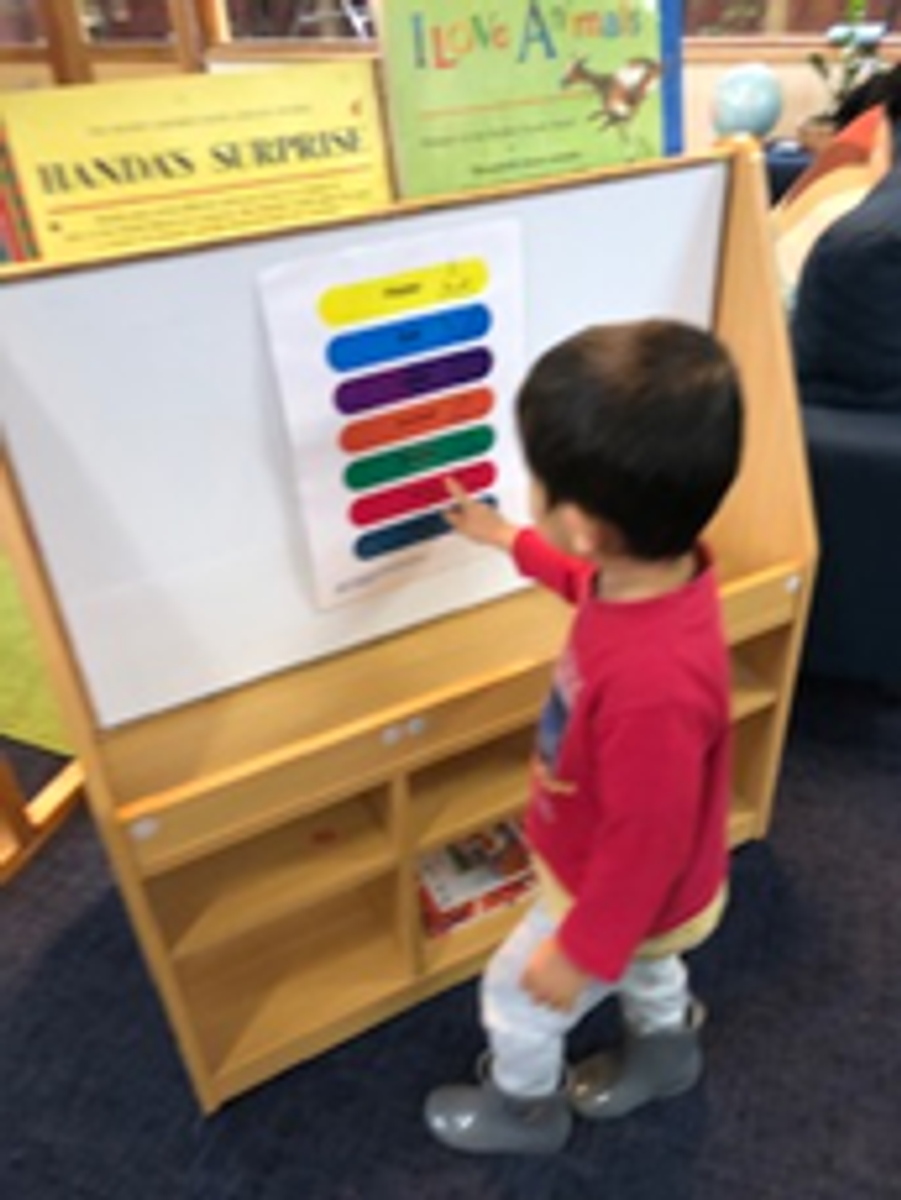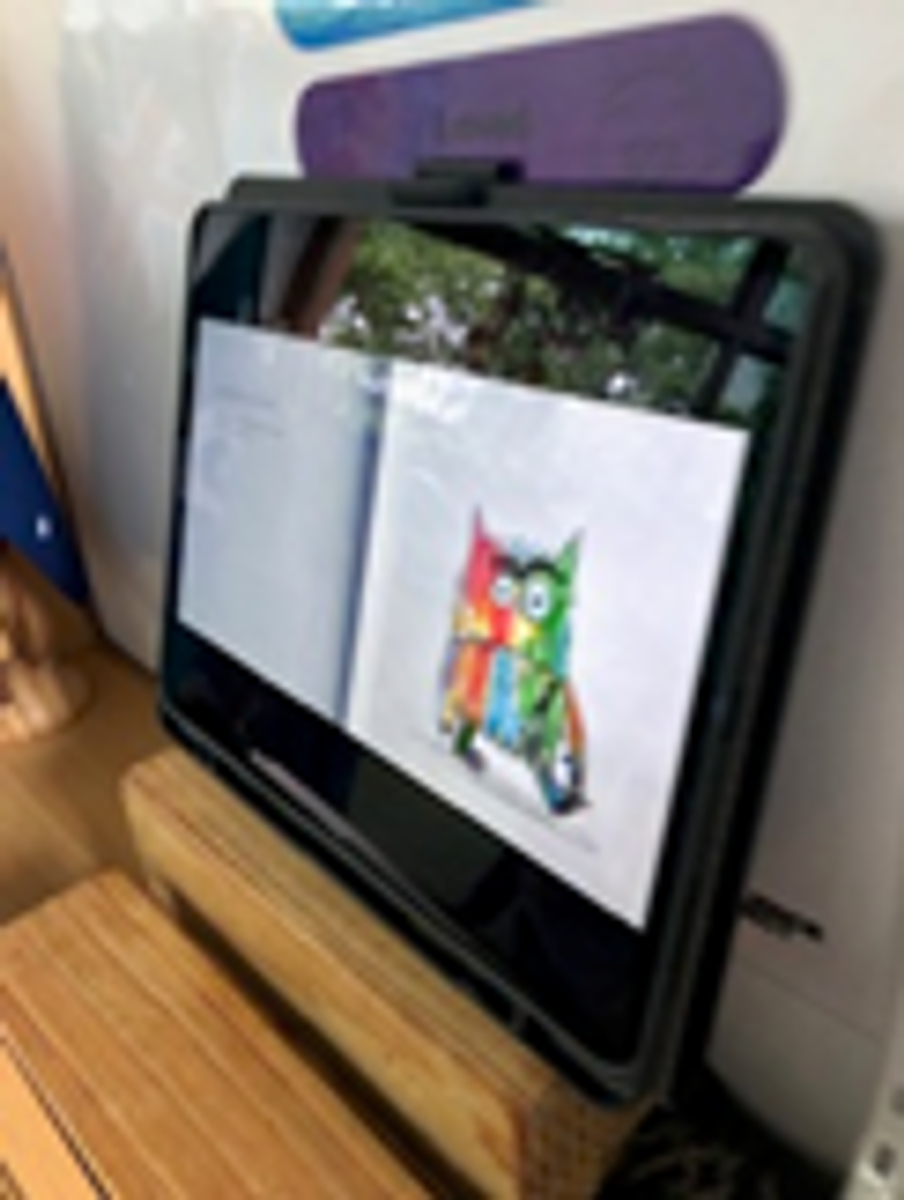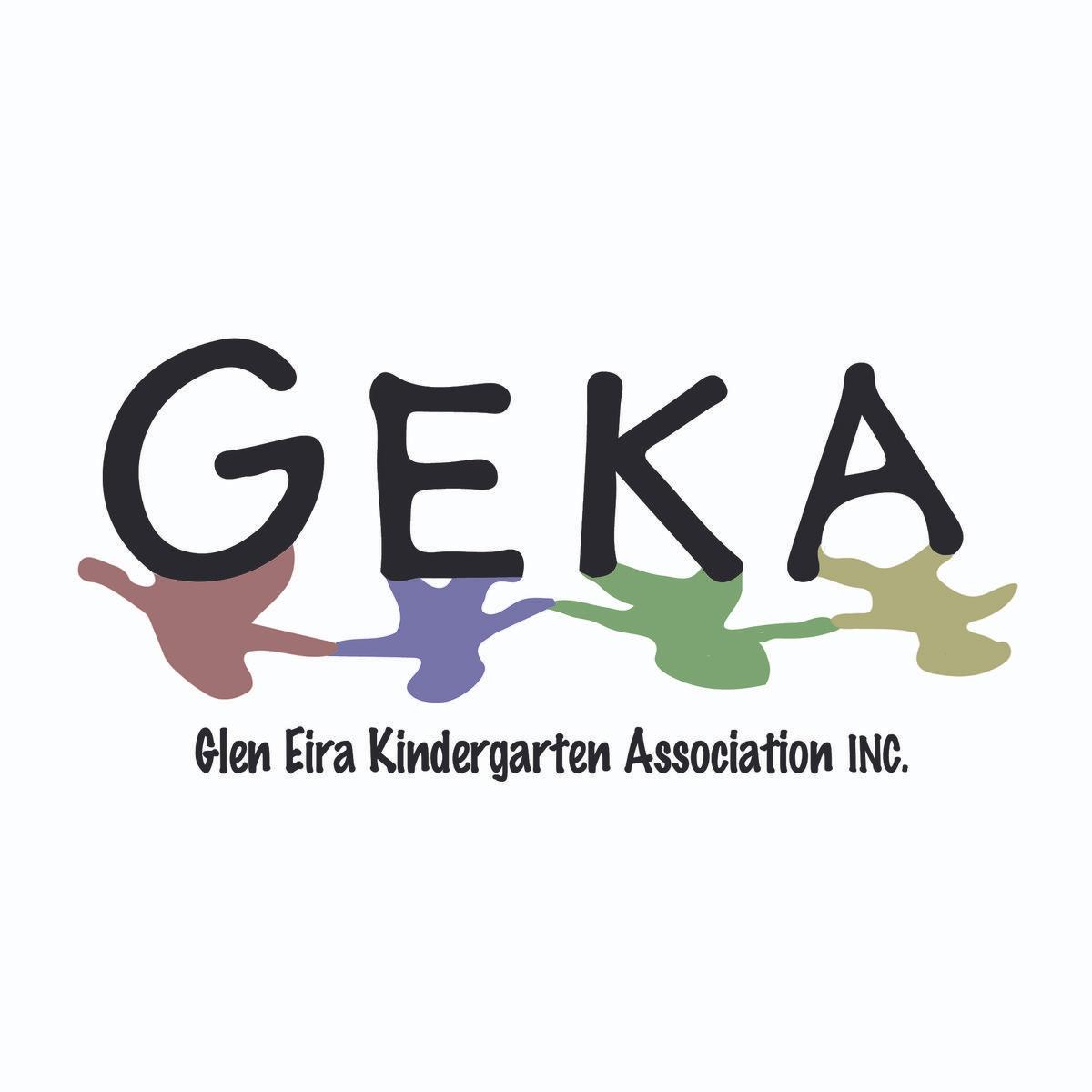GEKA Sacred Heart
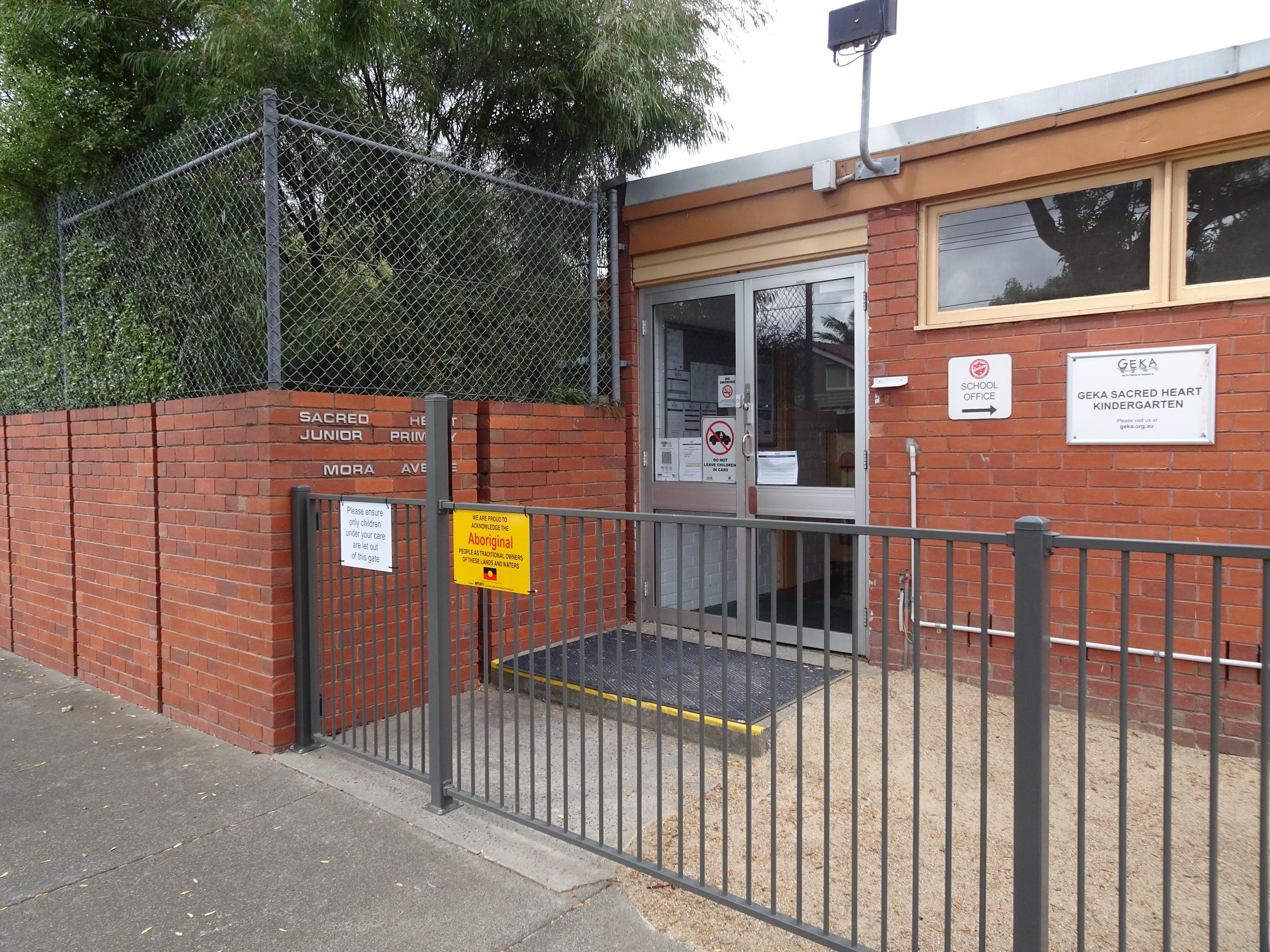
Empowering our children
Compiled by Janine Bird
The brilliant part of being involved in The Resilience Project (TRP) is that many aspects are already embedded in our practise, but the emphasis has intensified through the weekly experiences and the introduction of our GEM (gratitude, empathy and mindfulness) chat journal.
At GEKA SHK, The Resilience Project has strengthened the children’s voice, the way they interact with one another, the way they view the world around them. The ability to stop, be, listen and notice has become part of our everyday. We have discovered what it feels like to be in a mindful state. We have developed an awareness of the beauty in nature, in others, and in our kinder community.
As educators, we too have reflected on our interactions. Do we stop and really listen to children? Do we model 'mindful listening'? Are we ourselves stopping to really live in each moment alongside the children we are teaching? So many questions to ponder and so many possibilities to explore. In a world that has become unpredictable, disrupted and full of uncertainty, TRP has been a way to restore balance to the rhythm of each day.
Blue Group
In our group, we have merged the concept of Mindfulness into many areas of our learning. Using clay as a medium we created clay faces and followed this with using paint to represent our emotions. We created a collaborative mural depicting our unique differences and similarities, and how the way we look makes us feel. The Emotion Colour Chart has enriched the way the children express themselves. This was a seamless example of how TRP concepts are beginning to transform the way the children view themselves.
Last week we created mindful bowls. This began as an extension to our initial clay exploration we had commenced earlier in Term 3. When it came time to revisit this experience we chose to concentrate on the way the clay beneath our hands made us feel, and how it felt to pinch the clay, roll the clay, hold the clay in our hands. The children began to notice the beauty in the intricate patterns they created. We asked the children what their bowl may “hold” when it is completed. We searched our room for one special object which represented something that helps us feel mindful. Herbie chose a piece of Lego, Zack searched for a tiny car, Matty found a small wooden person. The children carried their items with such care and thought, like it was a treasured piece of themselves. Once again, a true example of the TRP values moving through every aspect of the children’s day.
Carefully choosing items for their bowls
Leana expressed it so clearly when she reflected on the impact the program has had on our children:
“I was so impressed by the children when they enjoyed the activities each week with us. Especially the emotion colour chart was a great idea, children could show us their emotions through colours. Through The Resilience Project, the groups are more expressive emotionally and overall more positive. They could convey their emotions and thoughts more aptly to us, so that it helped educators to understand the children better and to help them accordingly.”
In a world where much of our thoughts are filled with uncertainty, Kim reflects on the fact that TRP has helped create a positive outlook for the children we work with at GEKA SHK.
“At GEKA SHK, the principles of gratitude, empathy, mindfulness and emotional literacy are embedded in our curriculum. As an educator, I would like to role model and have meaningful discussions with children on these principles to empower them to make choices and be in tune with their emotions and wellbeing. These principles are such powerful tools that can contribute to positive relationships with their peers and community. It can enhance their overall wellbeing and others. Hopefully, it will provide children with a good start when they enter formal schooling and continue to make positive contributions.”
Gurmeet describes the power and agency that we are giving to the children through this program:
“I believe the principles of gratitude, empathy, mindfulness and emotional literacy are such powerful tools to be embedded in children at a young age. As a result, children develop a sense of awareness on how to build positive relationships with others in return to have a positive impact on the wellbeing of the individual and others. By teaching children these principles at kindergarten, we impart such powerful tools for them to have a great start at school and in many different social settings.”
Yellow Group
The importance of The Resilience Project is to focus on key skills of gratitude, empathy, mindfulness and emotional literacy. In focusing on these skills in the curriculum, it allows for positive emotions amongst the children and educators, and encouraging ways to develop resilience.
In commencing The Resilience Project with the children, we have introduced it in a manner that is appropriate for our group dynamic and their understanding. Surprisingly, the children have grasped the experiences and most children that participated formed an understanding in the initials of the project.
The words used within the project, for instance ‘the emotion colour chart’, have become part of the daily language at kindergarten. The words are as simple as happy, sad, loved, excited, scared, mad and calm. To make it more meaningful for children, the words are also identified by colour on the emotion colour chart which the children will often refer to. Looking at and identifying the colours and repeating the words with educators familiarises the children with the vocabulary.
I asked one of the children some questions about her feelings, demonstrating the use of the language we have been talking about.
Educator-“What is the matter today?”
Child-“I’m sad” and points to blue on the emotions chart
Educator-“What else are you feeling?”
Child-“Happy!”
Educator-“That’s good you are happy, what makes you happy?”
Child-“My mum and dad because they give me a hug”
Educator-“What else do you feel?”
Child-“Loved”
Educator-“ Why do you feel that?”
Child-“Yes because I am calm”
Finally, the storybook ‘The Colour Monster’ by Anna Llenas, is requested on a weekly basis. The story highlights the colours as emotions and the children recognising the colours and the emotional significance.
Paula has also observed:
“The kinder classroom is a hive of activity and noise. On any given day you will hear laughter , talking, chatter, singing, and even the occasional loud voices yelling and crying.
The activities in The Resilience Project provide an opportunity for the children to find some quiet space and time in their busy day to connect with their state of being"
"We use music, storytelling, drawing and painting to create a space for mindfulness and reflection. Many children in yellow group are exploring drawing at the moment. We are finding that it is an opportunity for the children to feel relaxed and calm. Drawing is also a wonderful way for us as educators to initiate conversations with them".
Finally, across both our groups at GEKA SHK we have strived to make the TRP an authentic part of each day. A way to embed tolerance, respect, inclusion, individuality, creativity and self -care.
Throughout our GEKA SHK community, including families, educators and children, we believe that it has instilled a sense of peace, hope and joy!
We hope this mindful approach will continue throughout the children’s learning journey into Term 4 and beyond.

